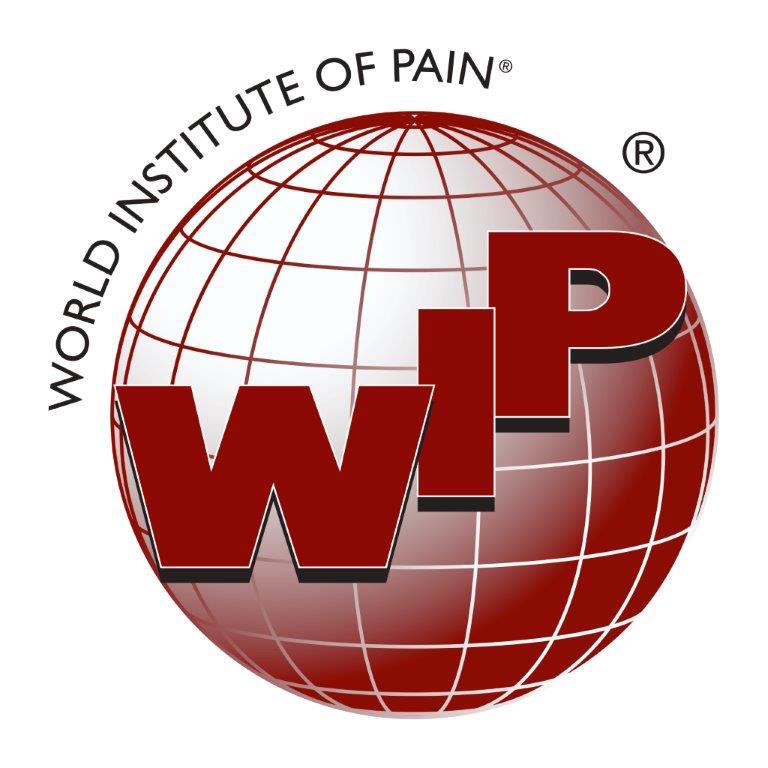Managing Chronic Low Back Pain with Lifestyle and Therapies
October 27, 2025
Chronic low back pain is one of the most common and challenging conditions affecting adults today. When pain persists for more than three months, it can interfere with work, exercise, sleep, and daily activities. Fortunately, long-term relief often comes from a combination of targeted therapies and healthy lifestyle changes.
Understanding Chronic Low Back Pain
Chronic low back pain can develop from a variety of causes, including disc degeneration, arthritis, muscle strain, or nerve irritation. Unlike acute pain that resolves with rest or medication, chronic pain often requires a more comprehensive approach that addresses both physical and behavioral factors.
Lifestyle Strategies for Pain Management
- Stay Active
While it can be tempting to rest, gentle movement and low-impact exercise help prevent stiffness and support spine health. Activities like walking, swimming, or yoga strengthen core muscles that stabilize the back. - Focus on Posture
Poor posture—especially from long hours of sitting—places extra stress on the lower back. Simple habits like using ergonomic chairs, adjusting screen height, and taking standing breaks can make a big difference. - Maintain a Healthy Weight
Excess body weight increases strain on the spine. Adopting a balanced diet rich in lean proteins, vegetables, and whole grains can help reduce inflammation and support joint and muscle health. - Prioritize Sleep Quality
A supportive mattress and proper sleep positions—such as lying on your side with a pillow between your knees—can ease pressure on the lower back and improve restfulness. - Manage Stress
Chronic pain often worsens with emotional stress. Mind-body practices like meditation, deep breathing, or mindfulness-based stress reduction can help calm the nervous system and reduce pain perception.
Therapies That Support Recovery
Physical Therapy
A physical therapist can develop a customized exercise program to improve flexibility, strength, and spinal alignment. Manual therapy and guided stretches can also help restore mobility.
Chiropractic Care
Chiropractic adjustments can help realign the spine, relieve pressure on nerves, and improve overall function for some patients.
Massage Therapy
Therapeutic massage helps reduce muscle tension, improve circulation, and promote relaxation—key components of pain control.
Acupuncture
This time-tested therapy stimulates specific points on the body to encourage natural pain relief and improved energy flow.
Interventional Pain Procedures
For patients who don’t respond to conservative care, options like epidural steroid injections, nerve blocks, or radiofrequency ablation can help manage pain and restore function.
Taking a Comprehensive Approach
Managing chronic low back pain isn’t about finding a single cure—it’s about integrating multiple strategies that work together. By combining lifestyle improvements with evidence-based therapies, patients can significantly reduce pain, improve movement, and regain quality of life.







